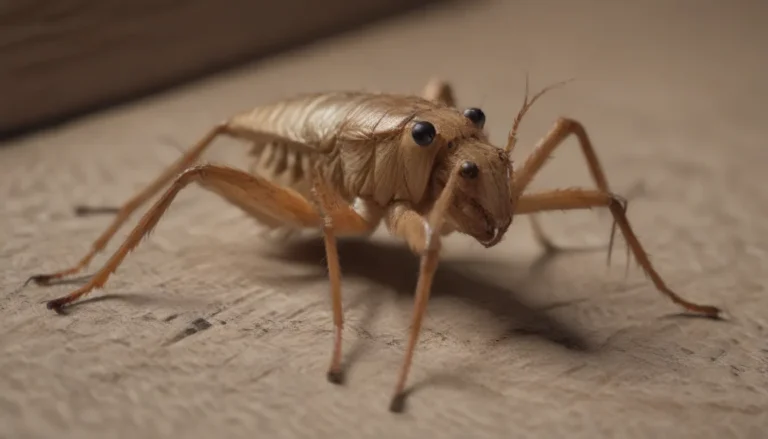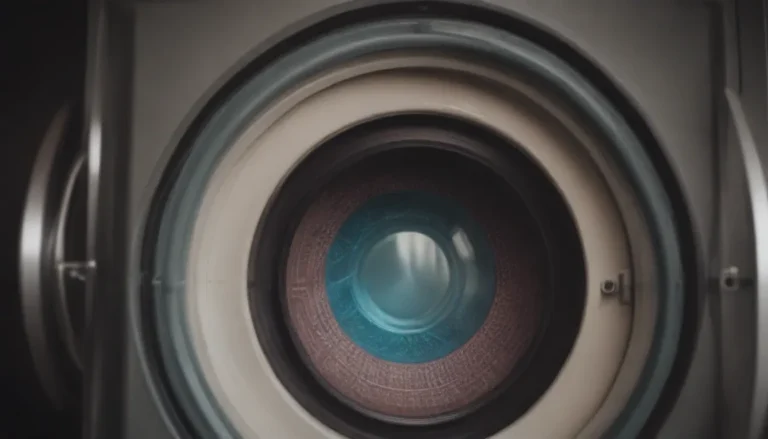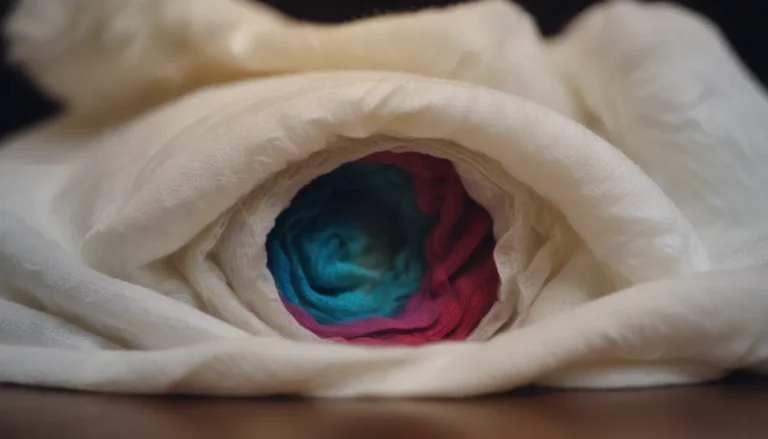How to Safely Remove Ladybugs from Your Home

Ladybugs, also known as ladybirds or lady beetles, are often seen as beneficial insects due to their role in controlling harmful pests in gardens. However, when ladybugs start invading the interior of your home, it can become a nuisance. In this comprehensive guide, we will explore how to identify different types of ladybugs, signs of a ladybug problem, and effective ways to safely remove them from your living space.
Understanding Ladybugs
Most people are familiar with the classic image of a small, red ladybug with black spots on its back. However, it’s essential to recognize that there are over 5,000 species of ladybugs worldwide, each with unique characteristics. One common invasive species to be aware of is the Harlequin ladybird, also known as the Asian lady beetle.
Harlequin Ladybirds (Asian Lady Beetles)
- Various colors including yellow, tan, orange, and deep red
- Varying spot patterns, with some having an “M” or “W” marking behind the head
- Larger and more oblong compared to native ladybirds
- Pointy faces and mouths, known to bite when provoked
- Preference for overwintering inside homes in large numbers
- Secrete a pungent, yellowish-brown liquid when threatened
Native Ladybirds
- Typically red or orange with specific spot patterns
- Round and harmless, beneficial for controlling garden pests
- Shelter outdoors during cold weather, avoiding large congregations
3 Effective Methods for Removing Ladybugs
While native ladybugs are essential for ecosystem balance, dealing with invasive ladybugs like the Harlequin species inside your home requires action.
1. Seal Them Out
- Identify entry points where ladybugs are entering your home
- Seal cracks and gaps in late spring or early summer to prevent overwintering
Tip: Sealing out ladybugs also helps keep other pests like wasps and spiders out of your home.
2. Vacuum Them Up
- Use a vacuum to remove ladybugs from inside your home
- Avoid using a broom to prevent ladybugs from releasing their defensive fluid
Tip: Vacuuming is a sanitary and effective way to eliminate ladybugs without the use of chemicals.
3. Chemical Treatment (As a Last Resort)
- Chemical repellents should only be used as a last resort
- Indoor treatments are not ideal for overwintering ladybugs
- Consider professional pest control for severe infestations
Tip: If opting for chemical treatment, ensure it is done by a professional in late summer or early fall before ladybugs seek shelter.
Signs of a Ladybug Infestation
Ladybugs, particularly Harlequin species, tend to seek shelter in homes and buildings during autumn and winter months. Look out for these signs of a ladybug problem:
– Large congregations on exterior walls, especially on sunny days
– Accumulation on window sills attracted to warmth and light indoors
Understanding Ladybug Behavior
If your home is near fields or wooded areas, you may be at a higher risk of ladybug invasions. Overwintering ladybugs typically emerge in spring, seeking shelter from cold weather.
Pro Tip: Integrated Pest Management specialists can assist with recurring overwintering ladybug issues.
When to Seek Professional Help
In most cases, homeowners can manage ladybug issues on their own using the methods outlined above. However, if you notice consistent seasonal infestations, it may be time to consult a professional. Schedule treatments in late summer or early fall for optimal results.
Remember, ladybugs are essential for maintaining a healthy ecosystem and should be left undisturbed outdoors. By taking proactive measures to prevent overwintering inside your home, you can ensure a peaceful coexistence with these beneficial insects.





